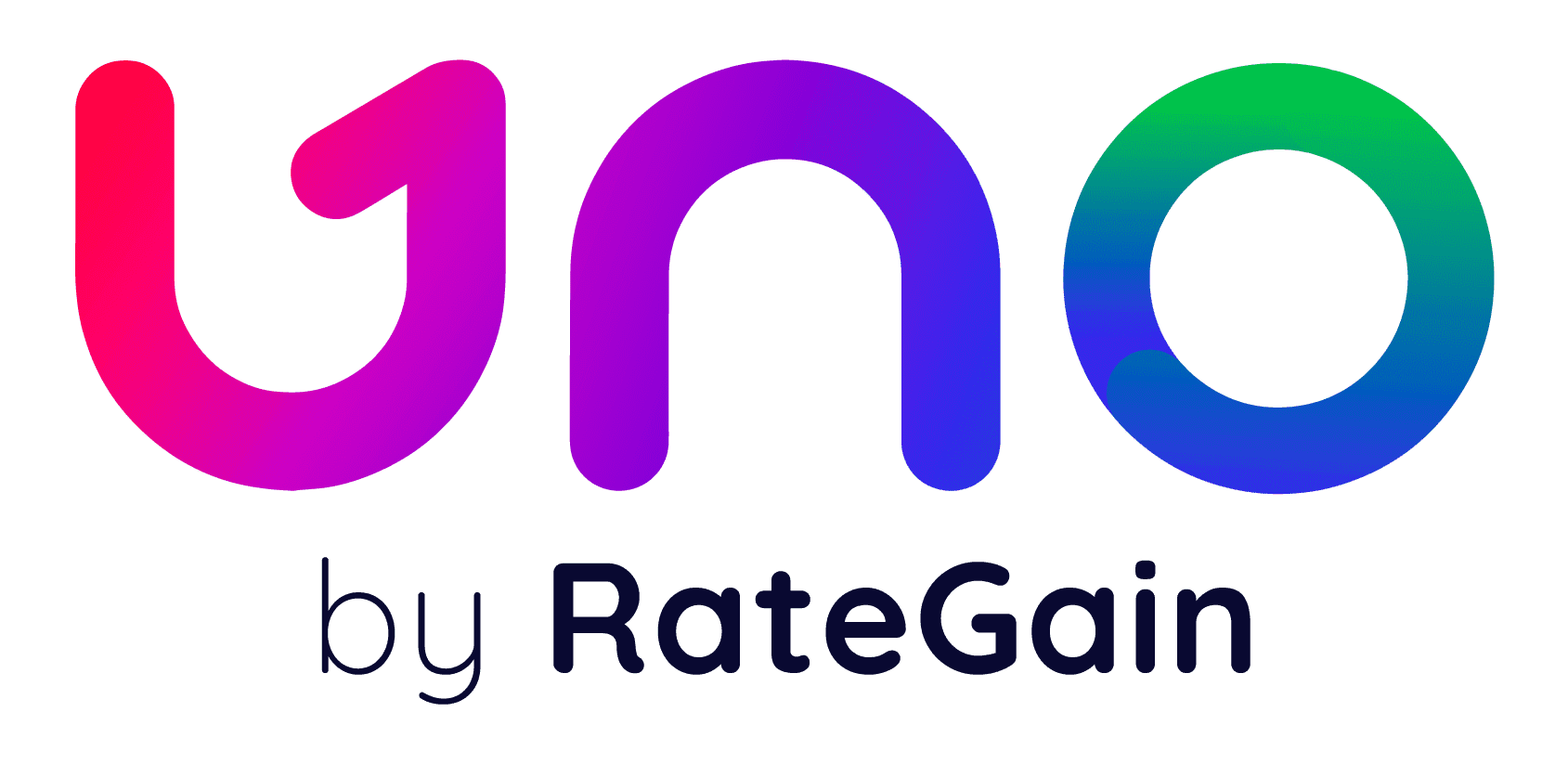Server-Side Tracking (SST) – The Future of Accurate and Transparent Data Collection
In our previous blog posts, we explored how tracking technologies shape the hospitality industry, helping hoteliers make informed marketing decisions. We also highlighted the strengths and limitations of various tracking pixels and web analytics tools. Now, it’s time to introduce a game-changer: Server-Side Tracking (SST).
What is Server-Side Tracking?
SST provides a more reliable way to collect visitor data by using a direct server-to-server connection, instead of relying on third-party services like Google, Microsoft, or Meta (Facebook). This solution is especially valuable in today’s digital landscape, where cookie restrictions and privacy regulations are making traditional tracking methods less effective.
How does Server-Side Tracking work?
Unlike client-side tracking, where data is processed in the browser and can be blocked by privacy settings or ad blockers, SST collects data directly from the server. This means that user interactions are recorded without interference from browser limitations, providing hoteliers with more accurate and transparent data.
Key benefits of Server-Side Tracking
- More accurate data: SST bypasses browser limitations and blockers, ensuring that conversions and user interactions are captured reliably.
- Privacy-friendly tracking: Since SST reduces reliance on browser-based technologies, it aligns better with evolving privacy regulations and cookie-less environments.
- Consentless tracking within a session: While respecting privacy laws, SST allows tracking without requiring user consent for session-based data collection.
- Transparent attribution: SST allocates booking numbers to campaigns, providing a clear picture of marketing performance and helping to build trust with clients.
- Better customer journey insights: It enables hoteliers to track the sequence of interactions – such as a user clicking on a Google Ads campaign first and then a Trivago ad – offering valuable insights into multi-channel behaviour.
Challenges & limitations of Server-Side Tracking
- Infrastructure complexity: Implementing SST requires setting up a dedicated server environment, making it more complex and costly than traditional tracking solutions.
- Dependencies on multiple stakeholders: Proper implementation requires coordination between clients, IBE providers, and website agencies, which can slow down adoption.
- No cross-device tracking: When avoiding fingerprinting technologies for privacy reasons, SST cannot track users across multiple devices, meaning conversions from different platforms may not be fully attributed.
- No view-through attribution: Since SST tracks direct interactions (clicks and landing pages), it cannot measure conversions based on ad views—a key limitation for social media campaigns where users engage passively.
Why Server-Side Tracking outperforms Google & other third-party tracking
- Data transparency: Unlike Google, which extrapolates data by adding estimated conversions based on consent rejection rates, SST only records real, verified conversions.
- Deduplication of conversions: Traditional tracking often results in double attribution – for example, if a user clicks on a trivago campaign first and later a Google Ads campaign, both platforms claim credit for the conversion. With SST, only the last-clicked campaign gets the attribution, ensuring a more accurate report.
- Closing the gap: SST can also measure without 3rd party cookies and thus despite blockers. This usually allows more bookings to be attributed.
East Hamburg: Promising first results for Server-Side Tracking
A real-world example of SST’s impact comes from East Hamburg, where SST was activated in November 2024. Since implementation, the hotel has seen continuous month-over-month improvements in conversion rates. Also, a direct comparison between SST and Google tracking revealed that SST tracks significantly more revenue, for example +38% revenue in January 2025.
The future of tracking in hospitality
Once fully rolled out, SST has the potential to become the single, unified tracking solution for all channels – including both paid (Demand Booster campaigns) and organic channels. This would eliminate fragmented reporting, providing hotels with a clear and accurate picture of their marketing performance.
However, due to its limitations, SST is not suitable for paid social media campaigns, where view-based conversions play a critical role. Given that social media engagement is often passive and mobile-driven, SST cannot capture non-click interactions effectively.
With privacy regulations tightening and traditional tracking becoming less reliable, SST offers a future-proof alternative for hotels seeking transparency and accuracy in their marketing attribution. By implementing SST, hoteliers can gain clear insights into campaign performance, avoid duplicated conversions, and build stronger data-driven strategies.
In conclusion, we hope this article has shed some light on the importance of Server-Side Tracking in the hospitality industry. For a deeper understanding of its impact, be sure to check out our next article, when we will take an in-depth look at the case of the East Hotel Hamburg. We’ll analyze the impressive numbers and insights that highlight the effectiveness of this tracking method. Stay tuned for more valuable information!
